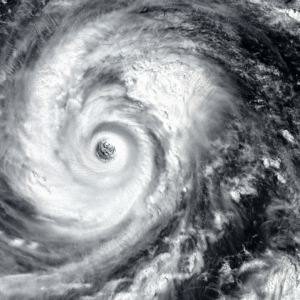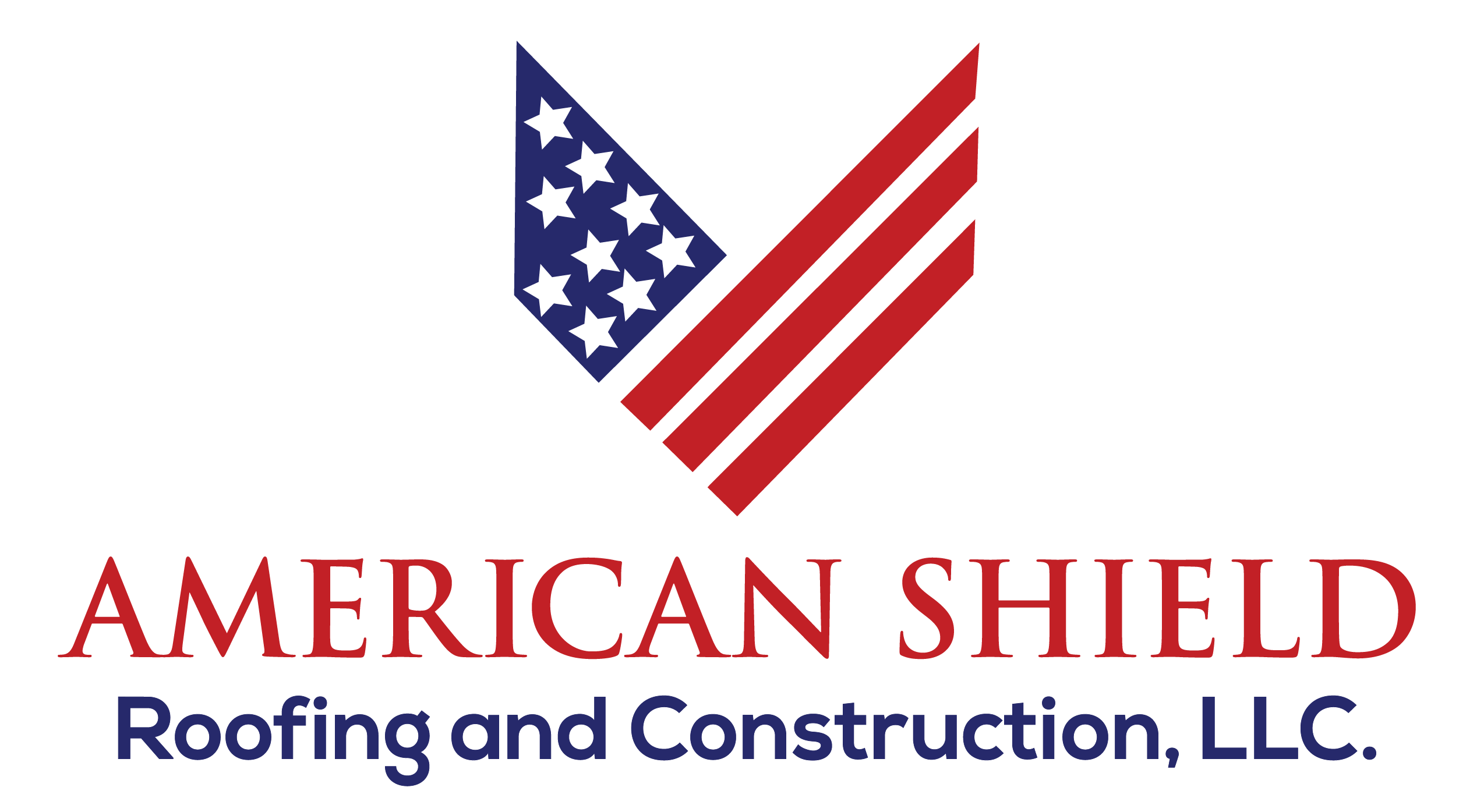
When hurricane season rolls in, your roof becomes your home’s frontline defense. Strong winds, torrential rains, and flying debris can do serious damage—not just to the structure, but to your peace of mind. But with the right preparation and materials, your roof can weather the storm.
At American Shield Roofing and Construction, we believe that being proactive beats being reactive—especially when it comes to your roof. Here are five effective ways to hurricane-proof your roof and protect what matters most:
- Choose Wind-Rated Shingles or Materials
Not all shingles are created equal. Some are rated to withstand higher wind speeds than others. If you live in a hurricane-prone area, opt for impact-resistant, wind-rated shingles or metal roofing systems tested to hold up in extreme conditions. These materials are less likely to peel, crack, or fly off during a storm.
Tip: Look for shingles rated for wind speeds of 110–130 mph or higher.
- Secure the Roof Decking
Your roof decking needs to be properly fastened to withstand uplift forces. During new installs or replacements, consider:
- Using ring-shank nails instead of staples.
- Adding roof deck tape to seal the seams.
- Installing a secondary water barrier, especially along eaves and valleys.
These extra layers reduce the chance of water intrusion—even if shingles are blown off.
- Reinforce Roof-to-Wall Connections
High winds can actually lift an entire roof off a house. To prevent this, it’s critical that your roof is securely attached to your home’s walls. This can be achieved through:
- Hurricane straps or clips
- Metal tie-downs
- Proper fastener spacing
Already have a roof? Ask about retrofitting hurricane ties—it’s a relatively low-cost way to increase storm resilience.
- Protect Vulnerable Edges and Openings
Wind tends to find weaknesses at the roof’s edges, especially the eaves, ridges, valleys, and around chimneys or skylights. Make sure:
- All flashing is securely installed.
- Drip edges are reinforced.
- Soffits and fascia boards are sealed and firmly attached.
- Roof penetrations (vents, pipes) are properly caulked or sealed.
A single weak point can turn into a costly leak.
- Maintain Regular Roof Inspections
Routine inspections—especially before and after hurricane season—are your best defense against unexpected damage. Loose shingles, cracked flashing, and clogged gutters may seem minor, but they can lead to major issues during a storm.
We recommend:
- Annual inspections
- Post-storm evaluations
- Timely repairs to address small issues before they become big ones
Bonus Tip: Ask Your Insurance About Discounts
Many insurers offer premium discounts for homes that meet specific wind mitigation standards. After making improvements, ask for a wind inspection certificate—this could lower your policy costs.
Final Thoughts
Your roof is more than shingles and nails—it’s protection for your family, your belongings, and your future. Don’t wait for the next named storm to start thinking about roof preparedness. Take action now and feel confident knowing your home is ready.
📞 Call American Shield Roofing and Construction today at 361-343-7018
🌐 Visit www.americanshieldroofing.com
🔍 Schedule a free hurricane-readiness roof inspection
#TrustTheShield
